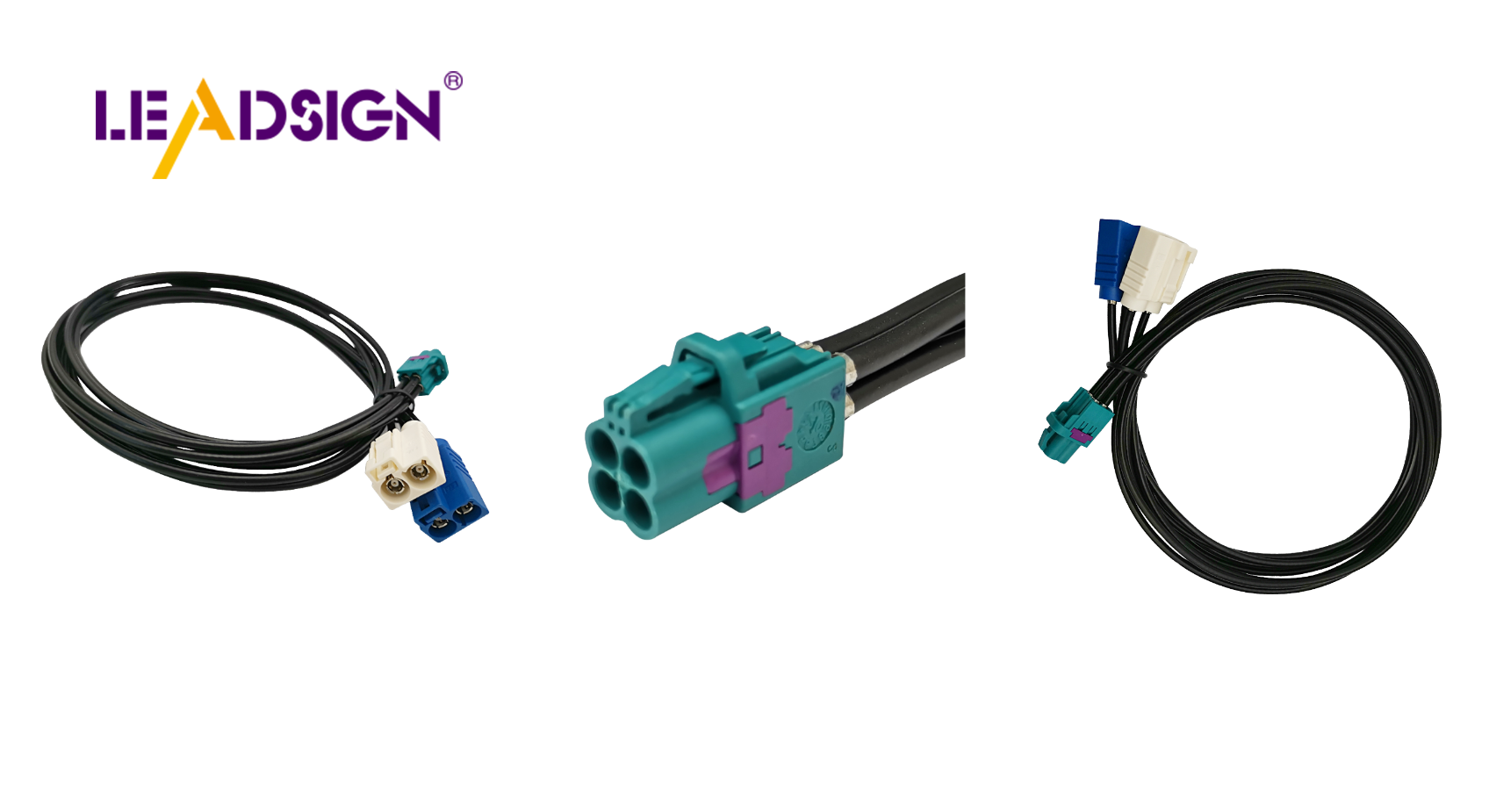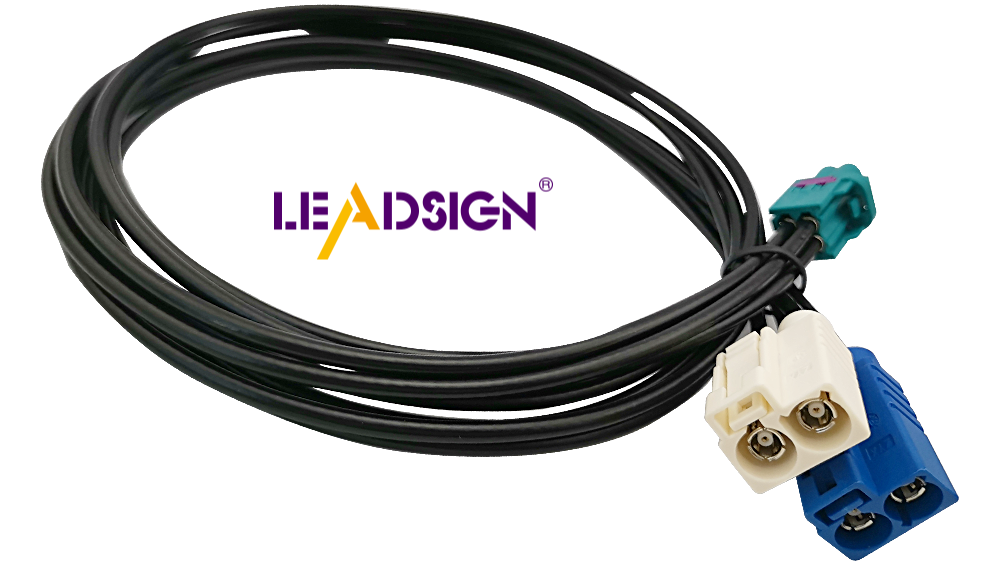Mastering Types of Wire Connectors Automotive

Learning about automotive electrical connectors types is important for ensuring good connections. These connectors are key components of your car's electric system, helping different electronic parts communicate with each other. Using the right types of connectors prevents issues like loose wires and corrosion. Quality connectors enhance your car's performance and safety by preventing electrical problems. Regular maintenance, such as cleaning and inspecting connectors, helps your car's electronics last longer and function effectively.
Overview of Automotive Electrical Connectors Types

Knowing the different automotive electrical connectors types is important. They help keep your car's electric parts working well together.
Types of Wire Connectors
Butt Connectors
Butt connectors join wires permanently. They make strong links, keeping wires safe and connected.
Ring Terminals
Ring terminals attach wires to screws or studs. They stay put even if the screw gets loose.
Spade Terminals
Spade terminals are easy to connect and disconnect. They're used where you need to change things often.
Bullet Connectors
Bullet connectors snap together easily. They're used when space is tight, like in motorcycles.
Quick Disconnects
Quick disconnects let you connect and disconnect fast without tools. They're handy for quick access areas.
Specific Uses and Benefits
Applications in Different Automotive Systems
These connectors are important in many car systems:
Engine Management Systems: Help sensors talk to the engine control unit.
Lighting Systems: Keep headlights and other lights working.
Infotainment Systems: Connect audio and video parts.
Safety Systems: Link airbags and brakes safely.
Advantages of Each Connector Type
Each connector has its own good points:
Butt Connectors: Strong, permanent connections.
Ring Terminals: Stay stable even with movement.
Spade Terminals: Easy to change or fix.
Bullet Connectors: Fit well in small spaces.
Quick Disconnects: Fast, tool-free connections.
Choosing the right connector helps your car work better and stay safe. Checking them often keeps them working well for a long time.
Best Practices for Using Wire Connectors
Learning how to use automotive electrical connectors types is important. It helps keep your car's electric system safe and working well.
Proper Crimping Techniques
Importance of Secure Connections
Make sure connections are tight with automotive electrical connectors types. Strong links stop electric problems and help your car run better. Crimping is better than soldering. The HP Academy Expert says crimping makes a joint stronger than the wire itself. If you pull it, the wire breaks before the crimp does.
Step-by-Step Crimping Guide
Strip the Wire: Take off the plastic cover from the wire end.
Insert the Wire: Put the bare wire into the connector hole.
Select the Right Crimper: Use a ratchet crimper for a firm grip. The BoatUS Expert says good ratchet crimpers double-crimp and hold until enough pressure is used.
Crimp the Connector: Squeeze hard until it clicks, making it tight.
Inspect the Connection: Check it's snug with no bare wires showing.
Choosing the Right Tools
Essential Tools for Connector Installation
Having good tools is key for working with automotive electrical connectors types:
Wire Strippers: Remove plastic without cutting wires.
Ratchet Crimpers: Make strong crimps that last.
Multimeter: Test if connections work right.
Tips for Selecting Quality Tools
Pick tools that last and feel good in your hand. Look for comfy handles to avoid tired hands. Make sure crimpers have a ratchet to press evenly every time. Good tools save time and give better results.
Testing Connections
Methods for Testing Electrical Connections
Testing connections makes sure they work well. Use a multimeter to see if electricity flows through them right. Set it to continuity mode and touch both ends of a connection with probes; a beep means it's good.
Troubleshooting Common Issues
If there are problems with automotive electrical connectors types, look for loose or rusty parts. Re-crimp any loose ones and clean rusted spots with cleaner spray regularly to avoid future issues and keep your car's electric system smooth-running.
Taking Care of Connectors
Taking care of connectors helps them last longer. Clean them often and protect from weather to avoid problems.
Cleaning and Checking
Regular Cleaning Steps
Clean your connectors regularly. Dust and dirt can cause bad connections. Use a soft brush or air to clean off dirt. Wipe with a damp cloth for tough spots. Dry them well to stop moisture.
Spotting Wear and Damage
Check connectors for wear or damage. Look for cracks, rust, or color changes on metal parts. Bad connectors can fail. Replace broken ones quickly to prevent issues.
Protecting from Weather
Keeping Moisture Away
Moisture can harm connectors. Use dielectric grease on connection points to block water and stop rust. Use waterproof connectors in wet areas.
Research Findings: Temperature, humidity, and water affect connector life. Protecting them is important for keeping them strong.
Using Coatings and Sealants
Coatings and sealants protect against harsh weather. Apply these where it's rough, like near the engine or under the car. Sealants keep dirt out, ensuring strong connections.
By following these care tips, you help your car's electrical system work well longer. Regular cleaning, checking, and protection keep it running smoothly.
You learned about different connector types, what they do, and their benefits. Using good methods like crimping right and taking care of them helps your car last longer.
See Also
Understanding HSD Connectors Used in Automotive Applications
Benefits of HFM Connectors for Automotive Systems
Significance of Fakra Connectors in Automotive Technology

